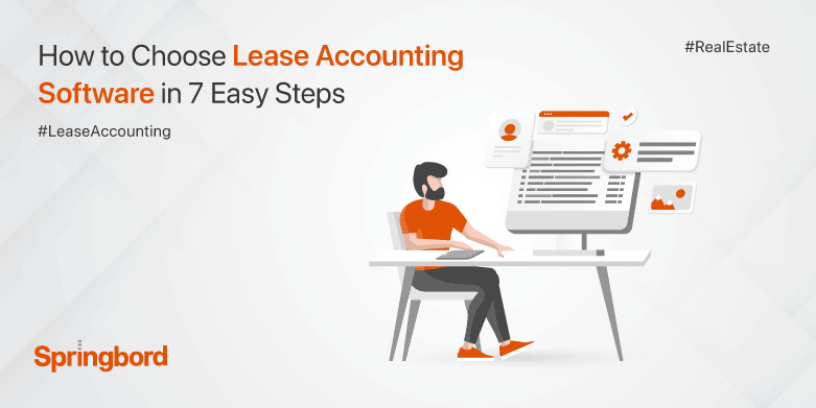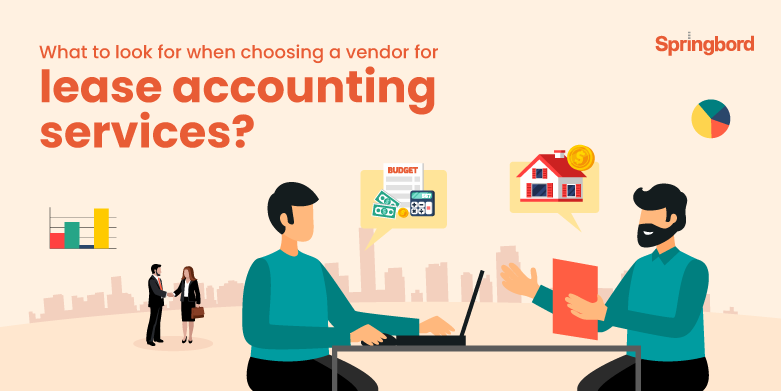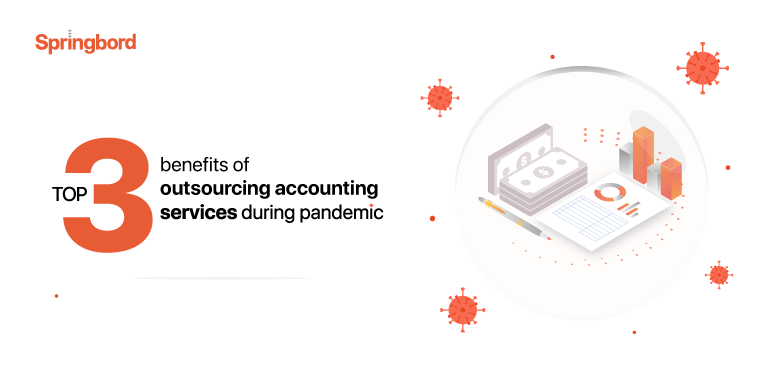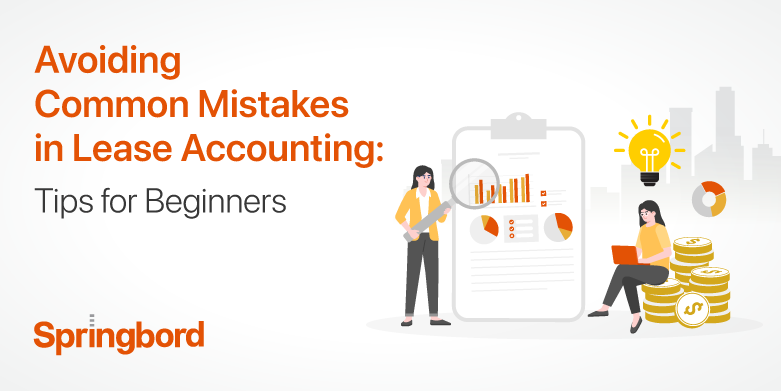 Read time 3 min
Read time 3 minWhen selecting lease accounting software, it’s important to give careful thought to avoid potential issues. A common blunder for businesses is to sign a contract before giving careful consideration to their requirements. Inadequate software support, including a lack of training, and underperforming software are both possible outcomes.
Companies face unprecedented challenges in trying to stay in compliance with the new lease accounting standard ASC 842. It requires the right strategy, knowledge, and data management abilities, in addition to a total overhaul of the systems and processes involved.
Investing in lease accounting software is a big decision, so make sure you do your research to find the best possible solution for your business ’ needs. ‘With the advent of ASC 842, IFRS 16, and GASB 87, more and more software companies are releasing software that can assist businesses in meeting the requirements of the new lease accounting standards.
You can select lease accounting software with more ease and assurance if you implement the following strategies and avoid being overwhelmed by the sheer number of options.
Step 1: Determine your most demanding business needs.
begin with an evaluation of the required objectives. What specifics of your lease management and compliance procedures are most crucial to you? Moreover, what difficulties do you encounter most often while using the current method? Create a prioritized list of the functions that are must-haves for your company’s implementation of the new software.
Step 2: Put Your Fundamental Needs First
Different software will be better suited to meet your primary, secondary, and even tertiary needs, so prioritizing them is essential. Make a chart with your features listed across the top and their relative importance in the grid.
Step 3: Figure Out What Alternatives Are Open
Identify a set of potential options that could fulfil the needs. You may find a few different vendor solutions, an in-house solution inside the ERP software, Excel, and a homegrown solution are all viable choices.
Step 4: Schedule Presentations, and Prepare Accordingly with Queries
When you’ve concluded that you require software, it’s time to begin researching providers and setting up appointments for hands-on demos of their wares. In the run-up towards the demonstration. Make sure the solution you’re showing off can accurately contribute to that lease.
Step 5: Use a Software Solution Scorecard to Compare Your Selections
To compare vendors, you need to look at how well they perform in four main areas: accounting/compliance, usability/implementation, software/backend, and contracts/leasing. To get weighted category scores, multiply each rating by the percentage you came up with and add up the results. The result is a score that takes into account each vendor’s importance and can be used to make an unbiased choice.
Step 6: Value Evaluation with Point Weights and Expenses
Now that you’ve done your research, you can confidently choose a vendor whose features best serve your company’s needs. But money is always a concern and a major factor in making a choice. Don’t skimp on features just because they’re expensive; instead, evaluate each vendor based on the value it provides.
Step 7: Recognize the Value of Vendor Help
Before signing on the dotted line, it’s important to get a firm grasp on the support structure (including the update procedure and the dependability of the support team). Make sure your vendor has a dedicated support team that can help you out during implementation and beyond. Furthermore, learning how the upgrade works are crucial.
Conclusion
By leveraging our years of experience in the field, Springbord can provide lease accounting services that streamline your data administration and help you stay in line with FASB ASC 842.
By combining our expertise in technology with our skills in lease abstraction and data management, we can help you efficiently and effectively meet all of your lease accounting data needs.
If you need lease accounting consider checking Springbord’s Lease Accounting service.







